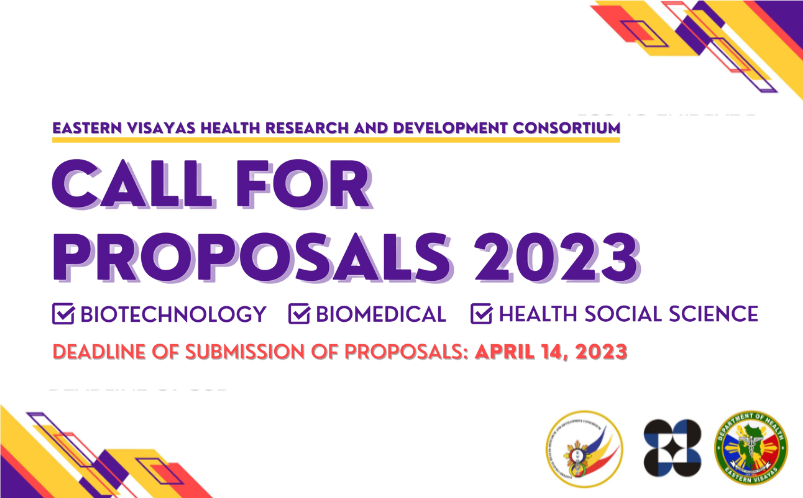- Details
We are searching for health social science and/or biotechnology and biomedical health research studies that could address the health system needs in Eastern Visayas.
The Eastern Visayas Health Research and Development Consortium (EVHRDC) is calling for Health Social Sciences, Biotechnological, and Biomedical research proposals that are in-line with the newly-updated Regional Unified Health Research Agenda (RUHRA) 2023-2028 (View RUHRA here) and/ or Regional Development Plan (RDP). Every capsule research proposals shall be evaluated based on its capacity to effectively address the existing health-related issues in the region and also on their potential outputs based on the DOST 6Ps metrics (view DOST 6Ps here).
SCOPE OF CALL FOR PROPOSALS
- Biotechnology Research – may include genetic and molecular engineering, plant and animal biotechnology and food biotechnology which could be used to develop effective treatments and preventive measures for different health issues.
- Biomedical Research- developing new devices, equipment and procedures or upgrading existing ones to improve human health
- Health Social Science Research- includes identifying social innovations in health that strengthens health systems to provide accessible, quality, unified and affordable health care services that improves health outcomes
WHO CAN SUBMIT A CAPSULE RESEARCH PROPOSAL?
The Call for Proposals is open to all researchers affiliated to an EVHRDC member institution. The project leader:
- Must have a good track record;
- Must be a Filipino who is based in Eastern Visayas;
- Must not have an on-going research funded through EVHRDC as a project leader; and
- Must be open to collaboration with researchers from the same and other member institutions
Note: The research locale must be within Eastern Visayas
HOW TO SUBMIT A CAPSULE RESEARCH PROPOSAL
1) Complete the PCHRD Capsule Research Proposal Form (Download form here)
2) Submit the accomplished form via:
a) Email: This email address is being protected from spambots. You need JavaScript enabled to view it. with the subject EVHRDC Capsule Proposal_<Full Name> (Name of Institution) e.g. EVHRDC Capsule Proposal_ Juan de la Cruz (DOST 8)
b) In-person or courier. Place the documents inside a sealed brown envelope and address it to:
LUCIA P. DAUZ
EVHRDC Director
Department of Science and Technology 8
Government Center, Candahug, Palo, Leyte
DEADLINE OF SUBMISSION AND SHORTLISTING
The deadline for submission of capsule proposals is on April 14, 2023. The Research Management Committee (RMC) will conduct an initial review and shortlisting of received capsule proposals within the month of April and May. The following are the criteria for the evaluation of the proposals:
- Alignment of research proposal to NUHRA/RUHRA 2023-2028 and/or RDP
- Social/ economic/ scientific value for the primary beneficiaries
- Completeness of the proposal as per the prescribed format
- Clear and attainable scientific objectives
- Clear description of the methodology
- Qualifications of the researcher/s
- Feasibility with social, political, logistics and cultural context
The researchers of the shortlisted capsule proposals will then be requested to submit the full-blown version of their proposal following the PCHRD-format.
Incentives
Once the full-blown proposal is approved, the following incentives will be given:
- Research Grant
- Mentoring and coaching
Note: Certificate of recognition to the host and collaborating institution upon completion of the research
- Details
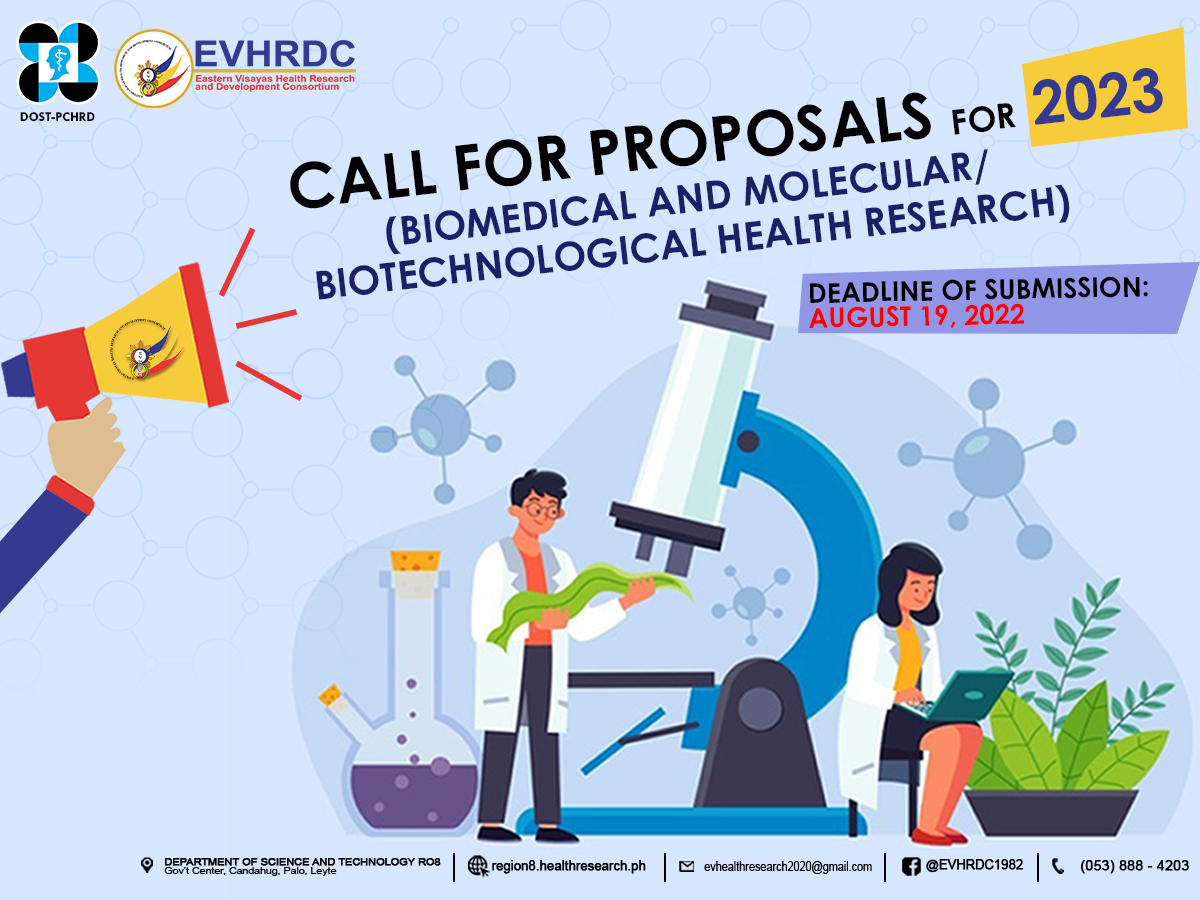
- Details
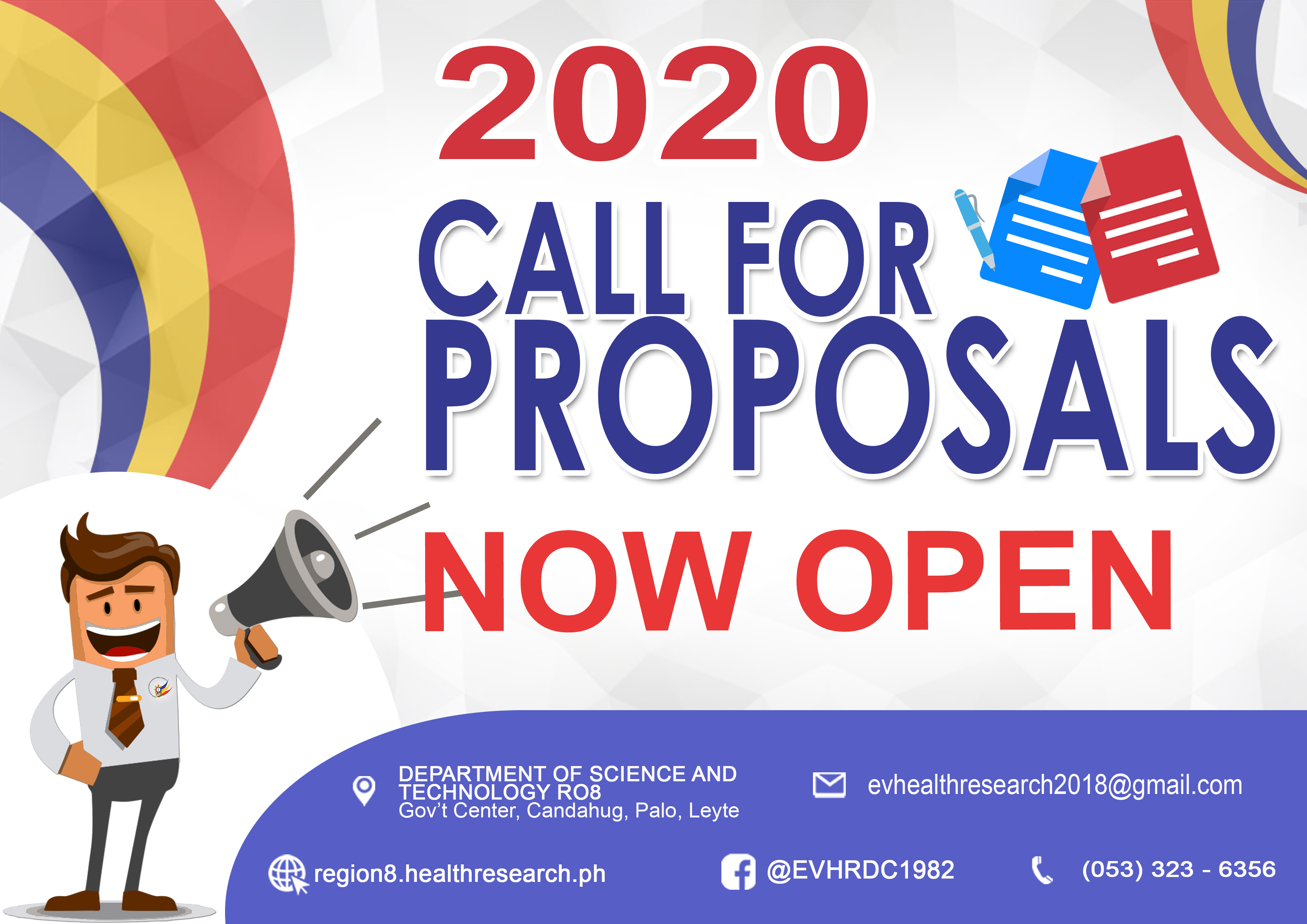
- Individuals or Institutions.
- Research team must have at least one content specialist required ( well-grounded understanding of health sector, health economics, health financing, social sciences and policy development, and program development).
- Project leader has good research track record with minimum of 2 years experience in conducting research on the subject matter.
- Details
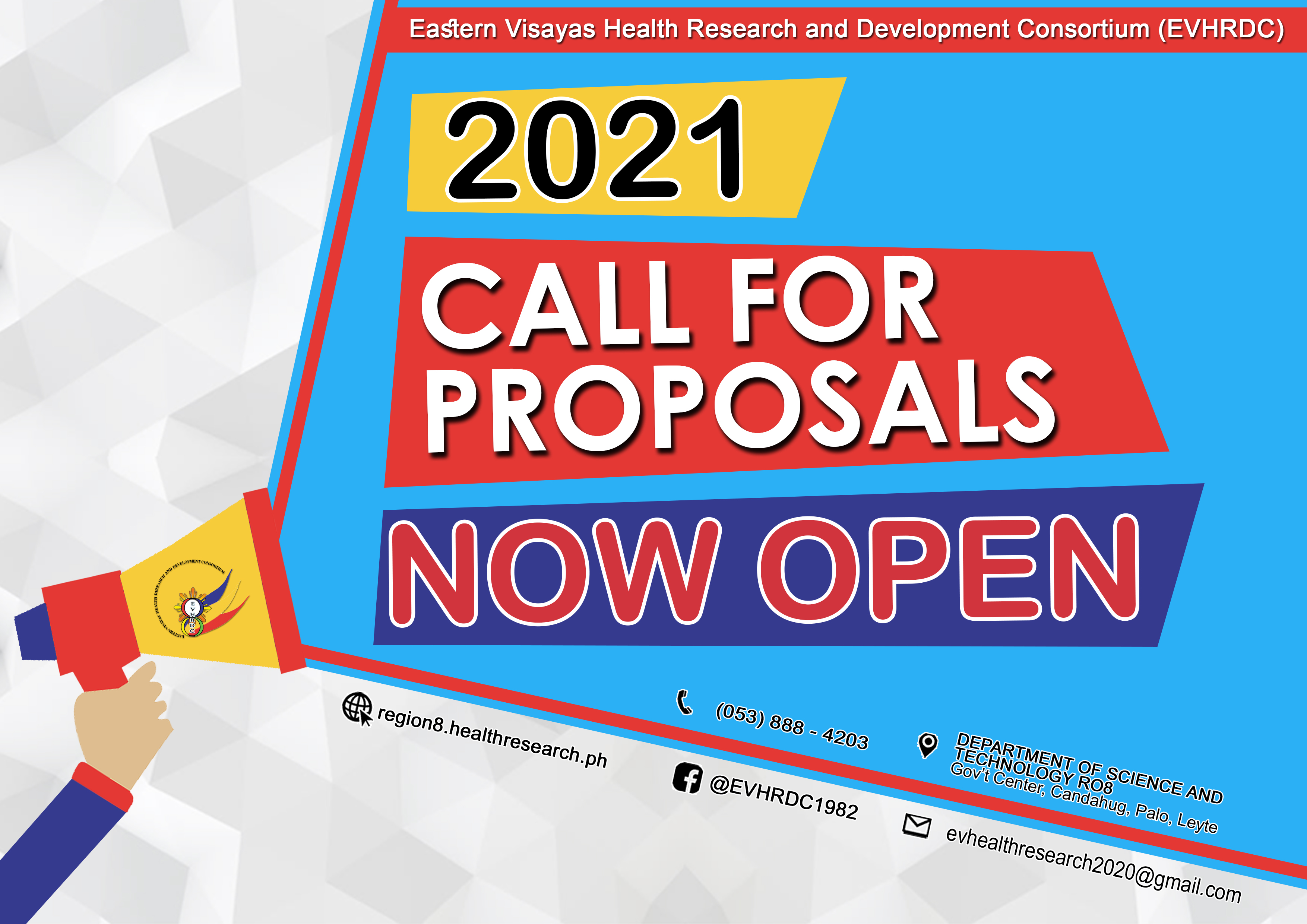
- Individuals or Institutions.
- Research team must have at least one content specialist required ( well-grounded understanding of health sector, health economics, health financing, social sciences and policy development, and program development).
- Project leader has good research track record with minimum of 2 years experience in conducting research on the subject matter.
- Details
The EVHRDC shall operate within its organizational framework (Figure 1) through its commitment to attain the mission of providing an enabling environment for health research and development among institutions within the region. At the center of the framework is the research process, from generation of research ideas, to protocol development, research implementation, and finally, research utilization.
These processes are envisioned to occur within a scientific environment that fosters cooperation and collaboration in Eastern Visayas. In all the steps of this process, EVHRDC shall strive to provide assistance to its member institutions and other stakeholders.
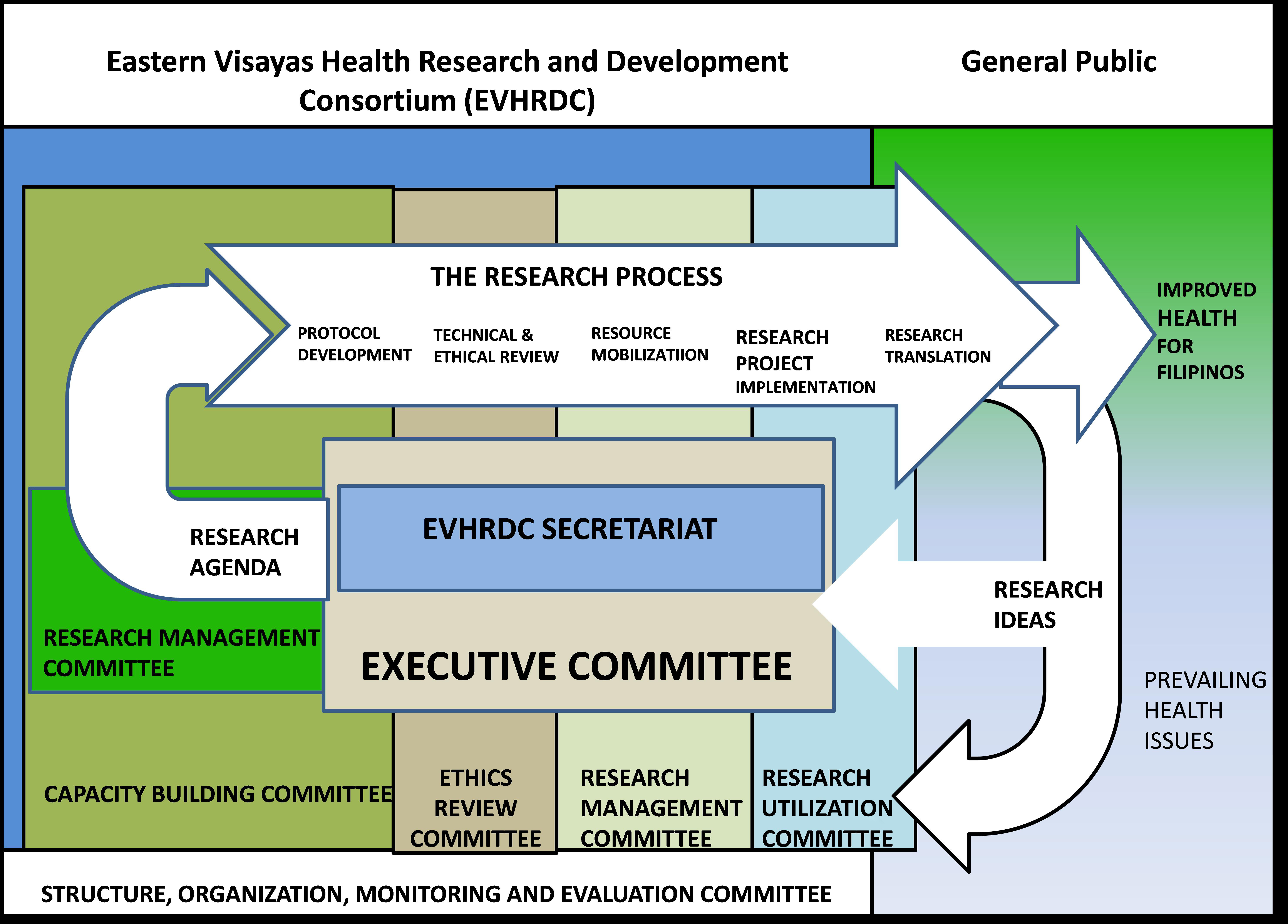
Figure 1. ORGANIZATIONAL FRAMEWORK OF EVHRDC
The diagram above is divided into two parts, one part is labeled as “EVHRDC” which is the source of the research-enabling environment, and the other part is labeled as “General Public” that represents the consortium’s ultimate consumer of all its policies, products and technologies that could be the results of research activities. In the lower part of the “General Public” side, the “Prevailing Health Issues” represents as the main stimulus for the production of “Research Ideas” which are then processed by the Executive Committee, the component committees and the Secretariat, which serves as the coordinating body of the EVHRDC.
The different committees of the EVHRDC are shown to assist the research process in its various phases:
- Protocol development
- Technical and ethical review
- Resource mobilization
- Research project implementation
- Research translation
The intersection of the Executive Committee and the Secretariat with the boxes representing the different committees symbolize their mutualistic relationship. The font sizes represent the primacy of the Executive Committee over the Secretariat and the Committees. When research projects are concluded, they are to be translated into useful policies, products, technologies and information sources for the consumption of the general public, a role of the Research Utilization Committee, whose box above is represented as the “bridge” linking EVHRDC with the general public.
Finally, the committee on Structure, Organization, Monitoring and Evaluation is shown to encompass all component committees that represent its role in maintaining the integrity and efficiency of operations of the EVHRDC.

